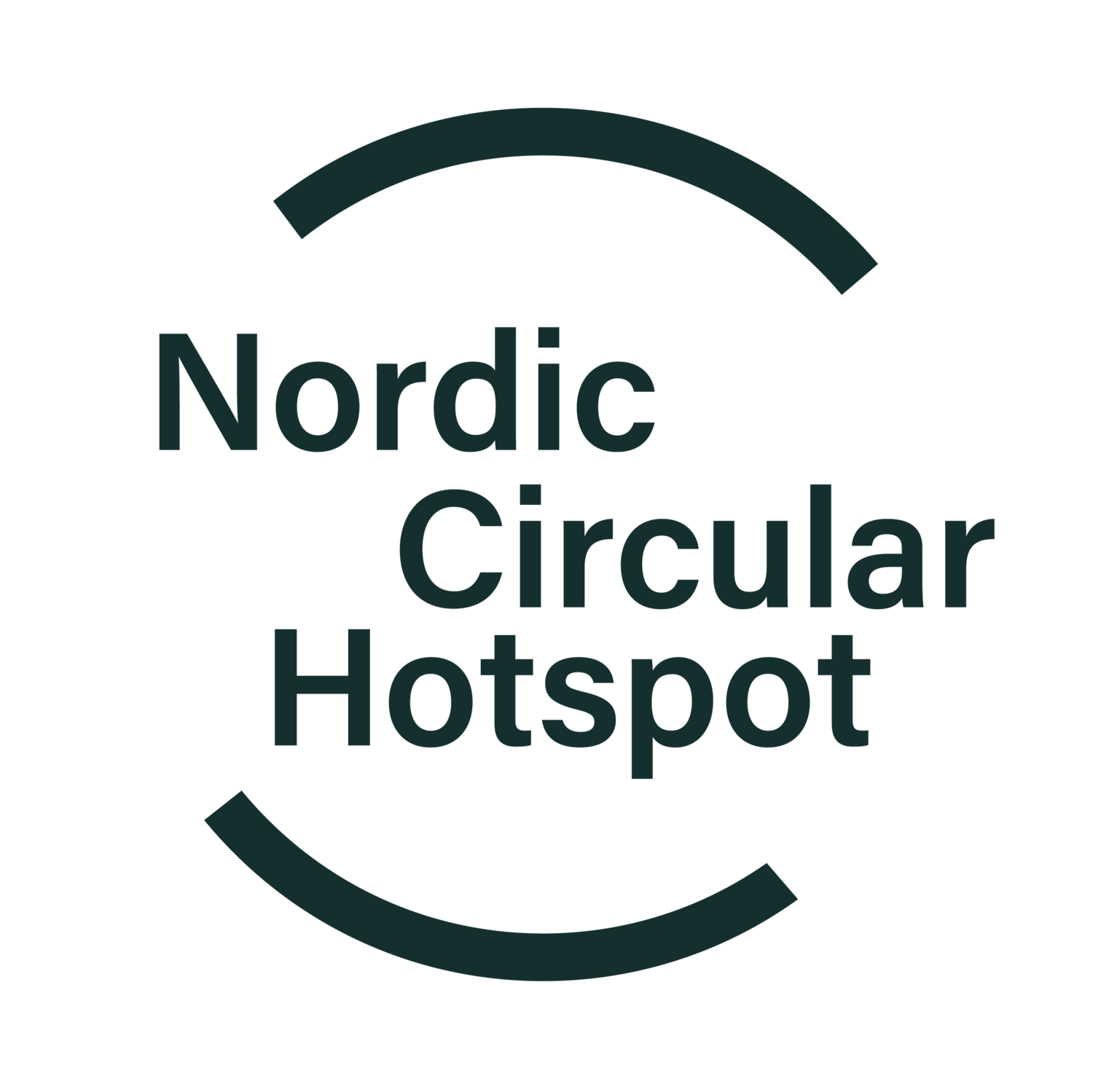News and articles
Circularity giants: IKEA, Apple and H&M
In today’s competitive market environment, all businesses should have an actionable sustainability plan. Not having one is already setting a company one step behind its competitors. And more and more organisations worldwide are waking up to that. Among them, some are also taking a step further. IKEA, Apple and H&M are staples in many of our homes worldwide. These large companies are now showing us how it is possible to adopt circular values and still cut it in the business world. Let’s find out how they have done it and why that is so important.
New Nordic Circular Hotspot Partners
The Nordic Circular Hotspot is a partner driven initiative co-funded by Nordic Innovation, with representatives from Norway, Sweden, Denmark, Iceland and Finland. Since we founded the Nordic Circular Hotspot in 2020, we have grown from eight managing partners, to now having more than 70 companies engaged in our partnership program. This week we are launching our first transition groups, where companies within selected value chains will work together to secure a circular market transition.
Join us at the Circular City Week NYC
Circular City Week New York is an open week-long festival for events in support of circular economy from May 2-8, 2022. For the third consecutive year, the Nordic Circular Hotspot has been a Publicity Partner. This year we are happy to also be present in New York to host our own event: A practical approach to the circular market transition.
Sweden’s economy is 3,4 % circular
RE:Source, a strategic innovation program, has just unveiled Sweden’s very first Circularity Gap Report. According to it, Swedes consume more than twice as many materials as the global average. By acting now, Sweden can reduce this material footprint by over 42%.
From Nordic Model to Future Model
With a skilled and highly-educated workforce, a high degree of trust, social cohesion, social capital, transparency and governance, a commitment to values as well as a world-class infrastructure and regulatory framework, the Nordics already have some of the basic “ingredients” needed to cook the “circular dish”. How can the Nordic way of thinking, living and working help transform the economies in the region and beyond?
The Future of Manufacturing
The manufacturing industry has extracted natural resources for centuries, without any consideration for designing out waste and pollution, keeping products and materials in use, and regenerating natural systems. What if we apply circular principles as the foundations of a new system in the manufacturing sector? How can the Nordics lead the way? And what does the industry need to work on in order to close the loop?
Circular Food Systems
If we go back just a few generations, our food systems were fully circular. While agriculture is tied to human health wellbeing at the most basic level, it is also responsible for some of the sustainability challenges we are facing in the 21st Century. Can we learn from the past to create a regenerative future? Is it possible to move away from today’s linear food systems—built on maximising profits—and create circular ones, based on true value creation?
Nordic Circular Hotspot sets stage at Expo Dubai 2020
The Nordic Circular Hotspot is proud to represent the Nordic circular community at Expo 2020 Dubai, where we will participating in the European Circular Economy Platform’s program on January 18. Expo 2020 Dubai's theme, "Connecting Minds, Creating the Future", is based on the belief that bringing the world together can catalyse an exchange of new perspectives and inspire action to deliver real-life solutions to real-world challenges.
Renewable Energy
The Nordic island nation aims to achieve carbon neutrality before 2040 and to cut greenhouse gas emissions by 40 per cent by 2030 under the Paris Agreement. Are the Nordics leading or lagging in terms of the production and consumption of clean, renewable energy sources? What can we learn from pioneering countries such as Iceland renewables when it comes to geothermal energy? And how can renewables be combined with circularity?









